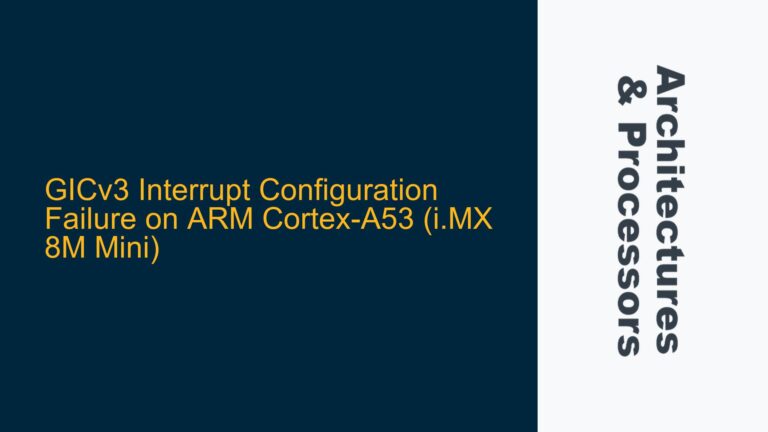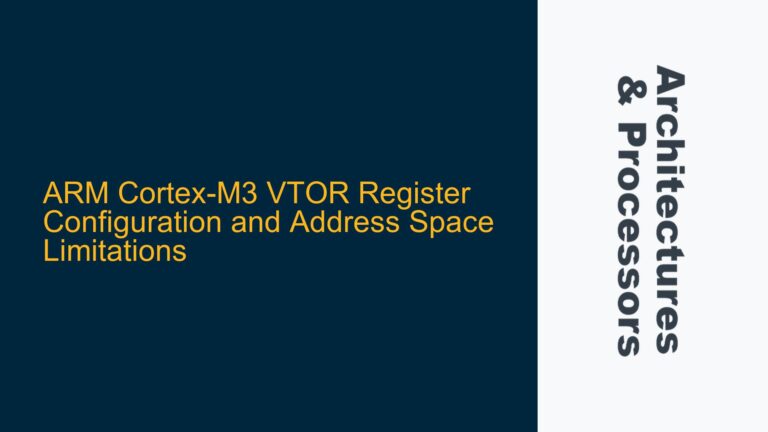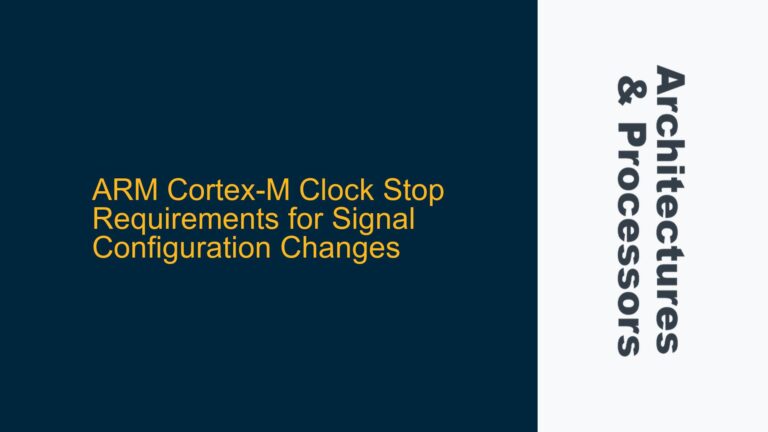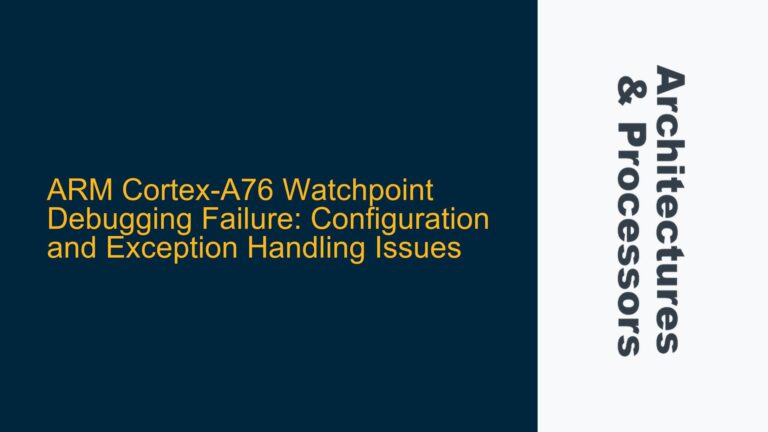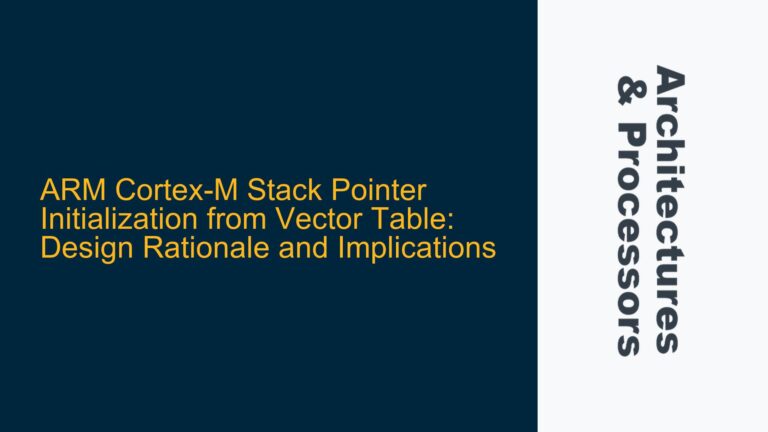Cortex-A8 NEON Pipeline Scheduling and Multi-Cycle Instruction Timing
Cortex-A8 NEON Pipeline Stages and Multi-Cycle Instruction Behavior The Cortex-A8 NEON pipeline is a 10-stage pipeline designed to handle Single Instruction Multiple Data (SIMD) operations efficiently. The NEON engine is tightly integrated with the ARM core, allowing for parallel execution of scalar and vector instructions. The pipeline stages are divided into fetch, decode, issue, execute,…

